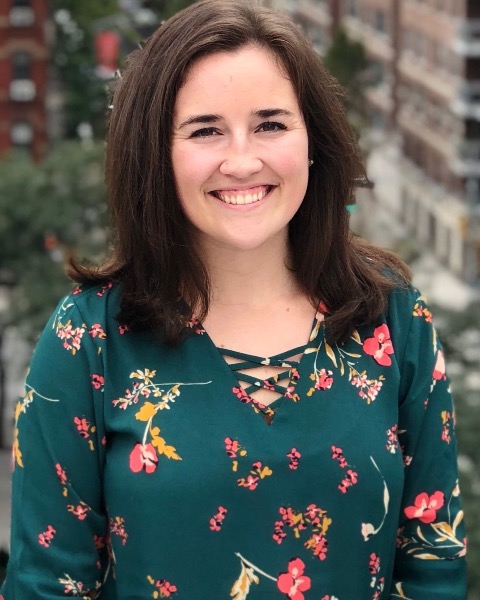Medical Education: Resident
Medical Education 7: Resident 2
549 - IS THERE A SCRIPT FOR BURNOUT?: Generating a Personalized Wellness Rx
Saturday, April 29, 2023
3:30 PM - 6:00 PM ET
Poster Number: 549
Publication Number: 549.229
Publication Number: 549.229
Kayla L. Olson, University of Minnesota Masonic Children's Hospital, Saint Paul, MN, United States; Bonnie H. Bentson, University of Minnesota Masonic Children's Hospital, Minneapolis, MN, United States; Robert Mills, University of Minnesota Masonic Children's Hospital, Prior Lake, MN, United States; Abigail Schnaith, University of Minnesota, Minneapolis, MN, United States; Emily Borman-Shoap, University of Minnesota Masonic Children's Hospital, Minneapolis, MN, United States

Kayla L. Tilkens, MD (she/her/hers)
Chief Resident
University of Minnesota Masonic Children's Hospital
Saint Paul, Minnesota, United States
Presenting Author(s)
Background: As burnout rises, causes and prevention of burnout are essential to analyze. Protective factors include supportive work environments, tolerable work hours, and feeling valued. We translated those themes into goals of continued improvement in curriculum, personal appreciation, and personalized wellbeing initiatives. As wellness curriculums often feel more abstract than actionable, our residency program aimed to develop personalized actionable intervention plans.
Objective: Our program aimed to create a reflective tool for residents titled “Stress Action Plans” that mimic the structure of an asthma action plan to help self identify signs of burnout, to reflect on beneficial support actions, and to create program wide wellbeing initiatives to support residents personally.
Design/Methods: During orientation, interns made their stress action plans. One column of the stress action plan includes “signs and symptoms” of the relaxed zone, stressed zone, and burnt out zone. The second column includes support actions to improve their overall stress. The reflective activity also included taking a workplace appreciation quiz. The chiefs then used these appreciation languages to show interns appreciation throughout the year. The stress action plans were analyzed for common words and themes which were generated into a histogram.
Results: The most popular restorative actions for residents were exercise (21/28), sleep optimization (18/28), activities they love (20/28), and talking with friends or family (20/28). Sponsored event preferences varied, though the most mentioned were outdoor (24/26) food and drink -oriented (21/26). 8 residents explicitly mentioned therapy would help them, while only 4 residents mentioned an extra day off. Appreciation languages included acts of service (20/28), words of affirmation (14/28), and quality time (8/28).
Conclusion(s): Residents’ wellbeing plans varied, making a standard wellbeing curriculum hard to optimize for everyone. By asking residents what restores them best, we were able to create personalized plans to help them maintain wellness. Most residents prefer to have program sponsored events that are outdoor and include food and/or drinks. Sleep, exercise, and maintaining hobbies were the residents most frequently mentioned themes. Only 8 residents mentioned therapy, making us wonder if mandated therapy would truly improve all residents’ wellbeing. Knowing the resident’s workplace appreciation languages also allowed the chiefs to frequently show coworkers appreciation in the way they like most. Next steps are to have senior residents to complete the reflective activity as well.
Stress Action Plan Template.jpeg
